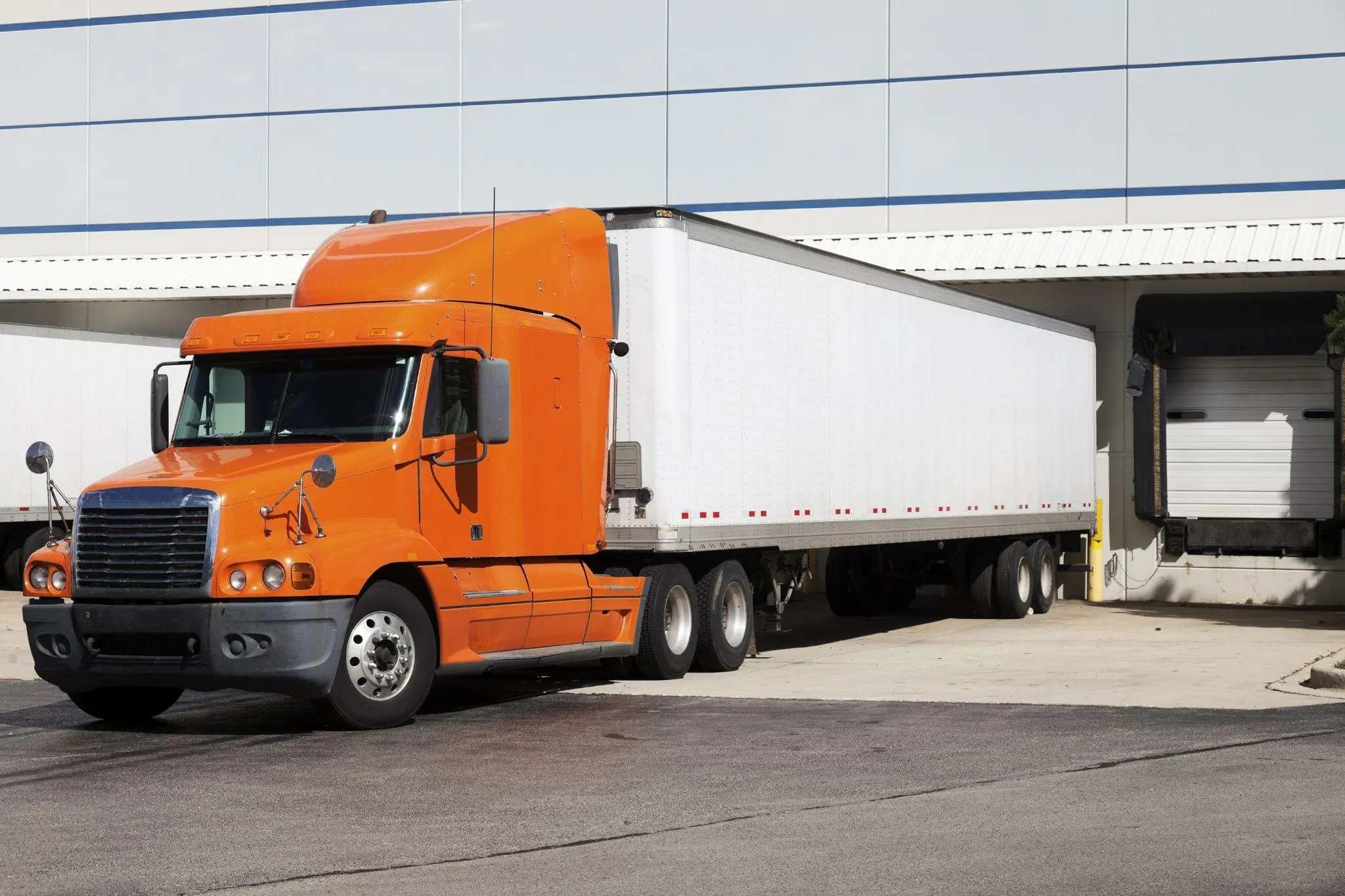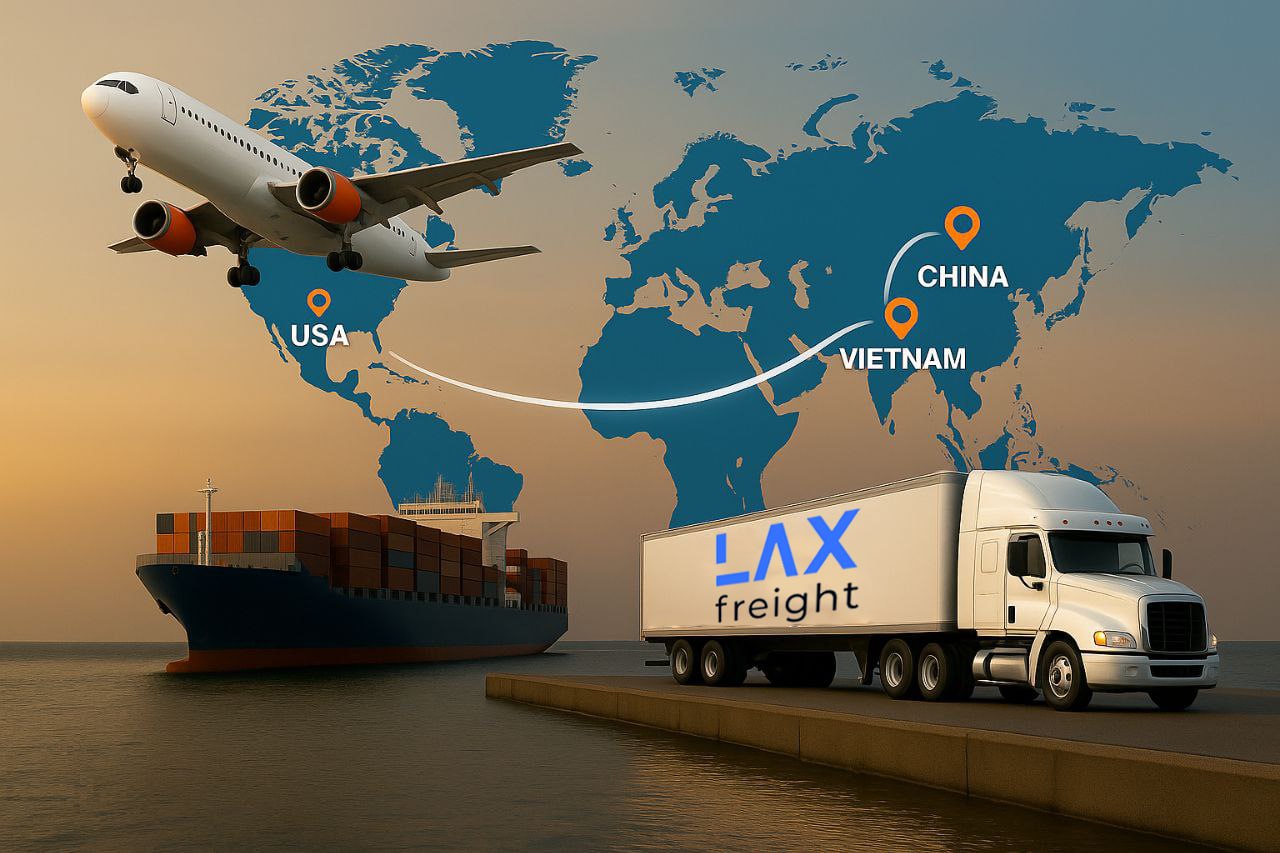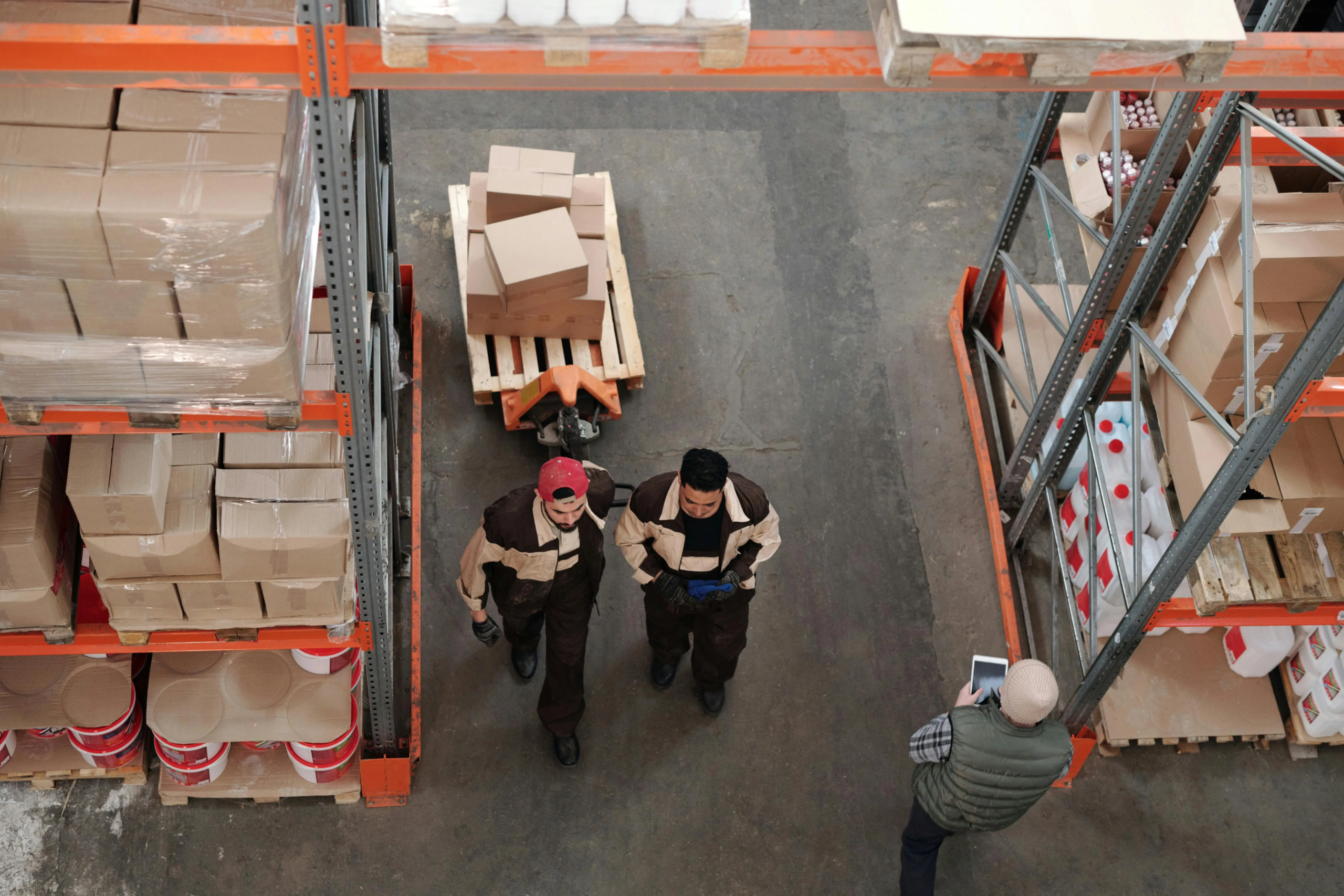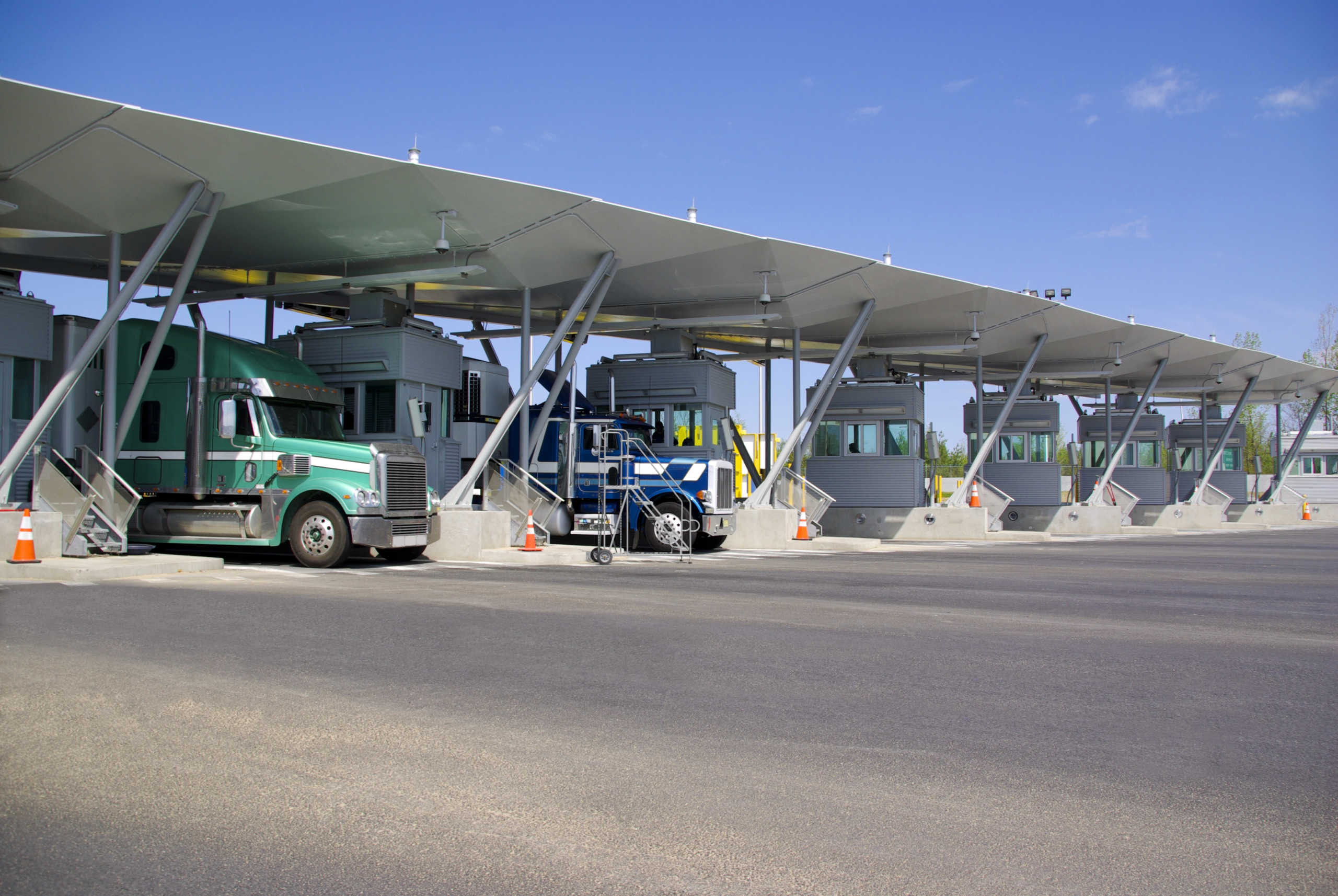One of the most crucial decisions for a truck driver is choosing between interstate vs intrastate trucking. This choice determines how far you’ll travel, the types of contracts you can pursue, related taxes, and regulatory requirements.
Understanding their differences is also crucial for legal compliance and business success.
What is Interstate and Intrastate Trucking?
Interstate means cargo shipments cross state lines. This can include transporting freight cross state lines or across national borders. In this case, drivers and trucks should comply with federal regulations by the US Department of Transportation (DOT) and the Federal Motor Carrier Safety Administration (FMCSA).
Intrastate drivers transport cargo within the same state. These operations are usually governed by state-specific regulations.
These two types are different in scope and are covered by different regulations. Thus, it’s important to understand the applicable laws and requirements.
Why Knowing the Difference Matters
Understanding the difference between interstate vs intrastate trucking is vital for several reasons. These include avoiding fines, ensuring operational efficiency, and optimizing your business strategy.
Misclassifying your operations can lead to severe penalties. In addition, you should know whether you need to comply with DOT interstate vs intrastate rules to avoid legal consequences and streamline your operations.
Regulatory Differences
The regulatory framework is distinct for interstate and intrastate carriers. Differences can be noticed in licensing, insurance, and safety requirements.
As federal agencies govern interstate carriers, they must comply with rules and safety standards set by the FMCSA. This includes gross vehicle weight limits, hours of service (HOS) regulations, and medical standards.
State laws control intrastate regulations. They can be more lenient or stricter than federal rules. Some states adopt FMCSA standards, while others can add their unique requirements.
This regulatory complexity makes choosing the right pass in your business planning phase essential.
Business Impact
Choosing between interstate or intrastate trucking substantially affects your business model. The scope of the operations determines regulatory obligations, the scale, and the type of business you can attract.
Interstate trucking provides access to higher-paying, long-haul contracts, enabling businesses to access more customers. However, the trade-off includes dealing with more complicated regulatory and tax requirements.
Intrastate trucking offers simpler operations and an easier regulatory environment. At the same time, it involves lower income and limits the scope of your operations.
Key Differences Between Interstate and Intrastate Trucking
Understanding the key differences between interstate and intrastate trucking companies is crucial for navigating regulatory requirements. This also helps secure the right licensing and ensure compliance with insurance and tax requirements.
These differences affect how drivers operate their trucks, influence the company’s operations, and impact profitability.
Licensing and Operating Authority
Both types of trucking operations require a Commercial Driver’s License (CDL). Still, the main distinction between CDL interstate vs intrastate is the stricter medical and safety standards for an interstate carrier. For instance, they must pass a federal medical examination and meet the health standards for long-haul trips.
In addition, companies involved in interstate trucking must obtain an MC Number from the FMCSA. It grants the authority to operate cross state lines. As for intrastate commerce, businesses may only need state-level authority.
Insurance Requirements
This is also an area where interstate vs intrastate trucking differ. The main aspect is that interstate operations involve greater risks amid longer hauls and crossing state lines. Companies engaged in interstate trucking must comply with federal insurance requirements, such as minimum liability coverage. In particular, hauling hazardous materials requires higher insurance limits.
Insurance requirements for intrastate trucking often involve lower minimum coverage thresholds, which can vary by state.
Tax and Permit Differences
Interstate commerce is subject to more complex tax regulations. These include the International Fuel Tax Agreement (IFTA), which simplifies fuel tax reporting across state lines. However, it also involves challenges to tax management. In addition, interstate drivers must obtain permits for each state in which they operate.
At the same time, intrastate trucking foresees simpler tax reporting. Permit requirements are also more straightforward and limited to state rules.
Challenges and Opportunities in Interstate Trucking
The challenges of interstate trucking involve complex regulations, higher insurance costs, long-distance routes, and the need to comply with regulations of multiple states. They require compliance with federal regulations set by the FMCSA and DOT, including safety stands, hours of service, and truck weight limits. This leads to higher administrative expenses. Higher insurance costs and tax rates also add burdens for owner-operators and fleet managers. In addition, long hauls increase the risk of fatigue, complicating adherence to HOS rules.
However, these operations also provide significant growth opportunities. For instance, interstate commerce provides access to a national market with higher-paying contracts and greater profit potential. In addition, it provides an opportunity to haul specialized freight at higher rates, with diverse contracts and a diverse client base.
Challenges and Opportunities in Intrastate Trucking
Intrastate trucking offers more limited opportunities compared to interstate operations. Companies can’t operate beyond their state, reducing market reach and job diversity. Intrastate trucking also involves fewer high-paying and specialized freight opportunities.
At the same time, intrastate drivers face simplified compliance with fewer regulations. Shorter routes and less stringent insurance requirements help keep costs down. Another advantage is shorter hauls and simpler routes that reduce vehicle wear and tear.
Which Type of Trucking is Right for You?
Choosing between interstate and intrastate trucking depends on your business goals, location, and risk tolerance. If you seek higher revenue and are ready to face complex regulations, interstate trucking would be your right choice. On the other hand, if you want a simpler operation with fewer regulatory burdens, intrastate trucking would meet your needs.
Factors to consider include the size of your operation, the types of cargo you plan to haul, and your readiness to comply with either state or federal regulations.
Tips for Getting Started in Interstate or Intrastate Trucking
For a more informed decision on an operation type you need, you can follow these tips:
Evaluate market demand. First, research the demand for interstate vs intrastate trucking services in your region to ensure a steady flow of orders.
Obtain the licensing. For any trucking business, you must meet the CDL requirements. When you choose your operation type, make sure you comply with either CDL interstate or intrastate truckers requirements.
Understand insurance obligations. Review intrastate and interstate insurance requirements for your business. Secure the appropriate level of liability insurance coverage based on your classification.
Ensure regulatory compliance. Keep up with regulatory changes, whether you’re operating under federal DOT rules or state-specific rules.
Review tax rules. Understand and prepare for taxes you must pay. If you’re engaged in interstate commerce, you should comply with IFTA regulations.
Conclusion
The choice between interstate vs intrastate operations is a decision that will shape your business model. Each path has its set of challenges and opportunities. Thus, you have to know the differences in licensing, insurance, tax obligations, and regulatory compliance for an informed decision.
Whether you seek to obtain the broader opportunities of interstate trucking or prefer the simplicity of intrastate operations, understanding these distinctions will set your operations for success and ensure your legal and compliant operations.



